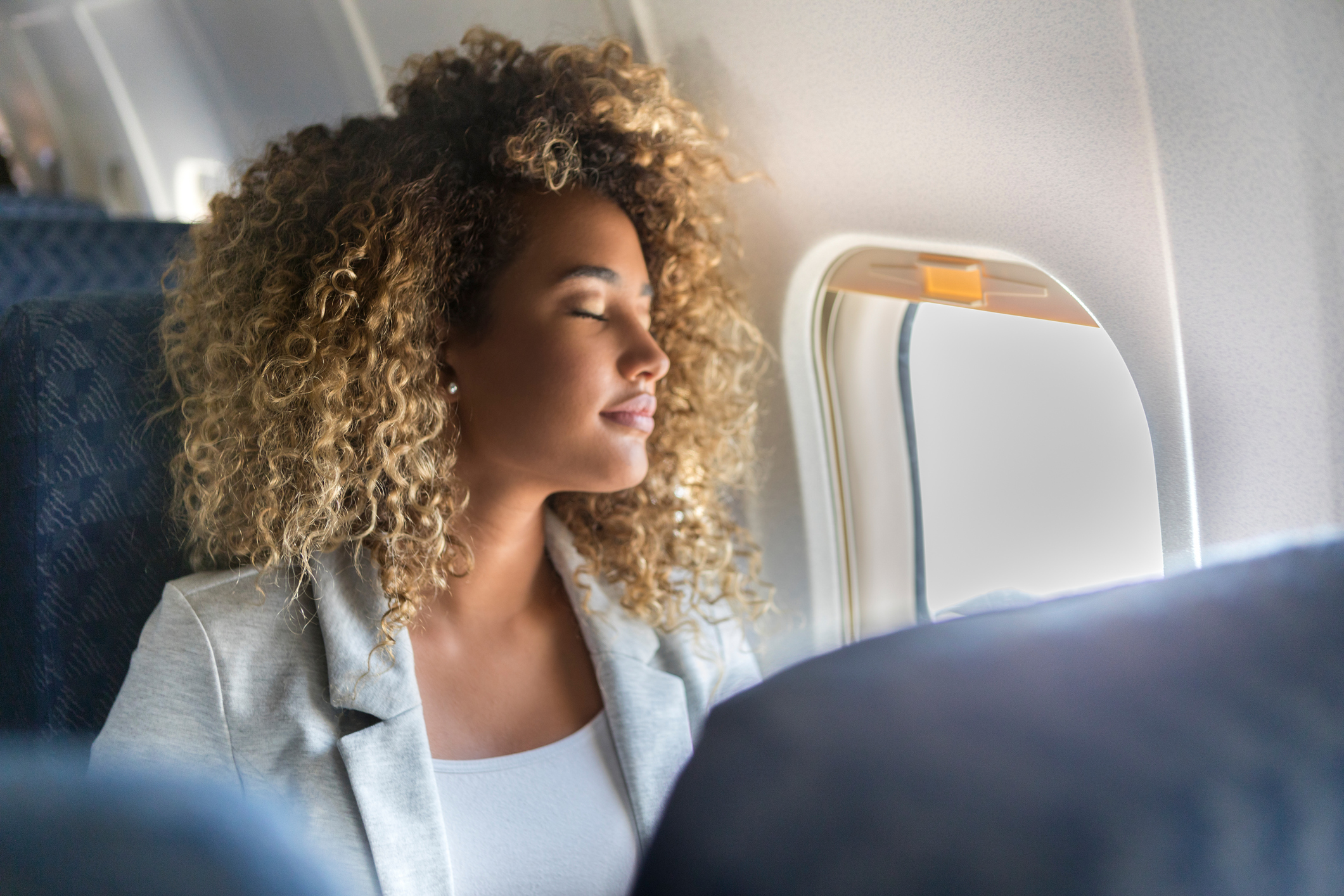Everyone has their own ways of making the time pass on a flight, but the most popular option may not be an option for much longer. As Bloomberg reported earlier this month, three of the largest U.S. airlines — American Airlines, United Airlines, and Alaska Air — are removing seatback screens from most of their domestic fleets. The consolation prize, in theory, is that improved wireless service will make it easier for passengers to stream in-flight content to their personal devices.
As someone who uses air time as a rare reprieve from my iPhone, I have a hard time seeing the silver lining here. The move will undoubtedly encourage more people to keep their smartphones in their hands instead of tucked away in their carry-ons or seat-back pockets. And even if your intent is only to listen to an audiobook or watch a few episodes of a Netflix show on your phone, unless you have a lot more self-control than I do, having your phone in your hand makes it almost inevitable that you’ll also use it to check your email, send off a slew of texts, and scroll through social media.
Part of what I love about flights (the longer the better, IMO) is that I get to do the things I’m simply incapable of giving my full attention to when my phone is within reach. Watching a full-length movie, listening to a podcast without regular Instagram checks, or simply letting my mind wander may seem like inconsequential luxuries of plane travel, but they’re not. We’ve gotten so used to checking our phones in every spare minute — on the elevator, during our commutes, even during bathroom breaks — that we forget what it’s like to be without them for a stretch, and what it’s like is freedom.
After all, our overuse of smartphones interferes with everything from our sleep and our self-esteem to our creativity and productivity. As Tripti Lahiri wrote in Quartz, “Even if everyone isn’t at the level of PR guy Peter Shankman, who claimed last year to have written nearly 30,000 words on a single business-class flight, many passengers speak of flying time as a chance to catch up on work or intensive reading, safe in the knowledge they can’t reach anyone and no one expects to reach them.” But that respite from our overconnectedness is bound to go away if we start relying on our phones more and more during flights.
I get the argument that the airlines have made in defending their decision to do away with screens. Yes, it may be a smart money move, as buying and maintaining the hardware is expensive (and fuel costs more, too, given that the screens make planes heavier). But when I consider the cost to our well-being, I can’t say this is a change I’m getting on board with.
Follow us here and subscribe here for all the latest news on how you can keep Thriving.
Stay up to date or catch-up on all our podcasts with Arianna Huffington here.


